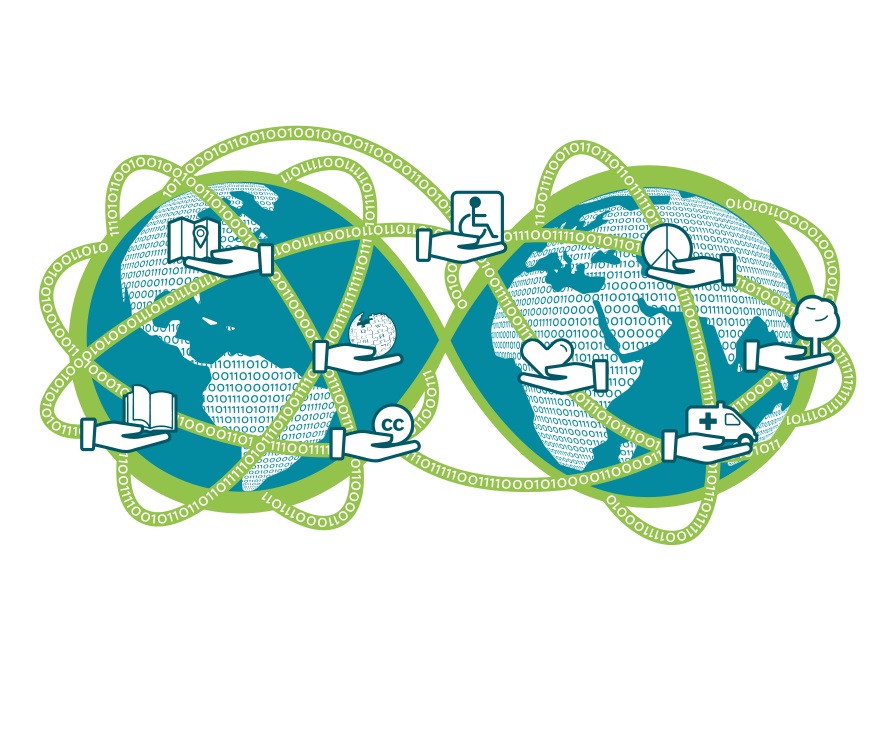As our digital world keeps making it easier for people to stay connected to each other on a global scale, consumers are upping their demands for content tailored to their location, circumstances, and preferences. And this is why content localization is no longer optional. It’s essential for success.
Take a moment to consider the kind of search results you’d get from Google if you looked up a pasta restaurant in Florida. The results would differ quite dramatically for the same search term when you set the location to Arizona.
Now, if that doesn’t prove that localized content matters for SEO purposes, we don’t know what will.
In this article be digging a little deeper into just how you can use content localization strategies to boost website traffic.
We’ll also take a look at the best time to implement content localization and show you how to get it done right!
What is Content Localization?
Content localization is the adaptation of your content (including text, images, multimedia, etc.). The process ensures that your potential customers and target audience consume the content in a way that resonates with their native language and culture.
Essentially, when you implement content localization, you’re working on ensuring that a local audience member from Spain and someone from America sees the same content, but in different languages and with different cultural references. You can also localize on a regional level within the same country since there are various vernaculars at play.
Content localization gives your target audience a better understanding of the content on your website and the kind of products or services that you promote.
When Is the Best Time to Localize Your Content?
There’s no right or wrong time to start localizing your content. The simple answer here is as soon as possible. If you ever want to launch your product in a new market, you should localize your content from day one. This sets you up to drive success and build trust with your target audience as soon as you’re ready to enter the new market.
If you entered a new market with content that was merely translated and not localized, you need to get localization sorted STAT.
How Can Content Localization Improve Traffic?
Localization impacts your brand’s SEO rankings. And when your content is localized, it’s more relevant, and thus improves the quality of search results for your audience.
According to a Forrester Consulting report, 64% of online shoppers prefer consuming content that caters to their specific geography. But consumers also want translated content. And these facts are set in stone. 75% of consumers don’t support websites that don’t offer product descriptions in their native language.
What Are Some Considerations for a Successful Content Localization Strategy?
Start With Creating Locally Relevant Content
Naturally, you need to give your target market what they want by translating your content into their native language. But you also need to keep the content locally relevant for the region you’re targeting with the use of a content localization strategy.
Create blogposts that cover regional attractions and cover events that your customers are interested in to ensure you’re keeping your content geographically relevant during the localization process.
Optimize Your Locally Relevant Content for Local Search Engines
Google is hands-down the supreme search engine for the English-speaking world. And most of us optimize our websites based on data from Google analytics and other features offered by this search engine.
But it’s not the end-all and be-all.
Let’s suppose you’re targeting local customers in China, for example.
You need to focus on optimizing and localizing your content for the search engines that dominate this market. In China’s case, the local search engine of choice is Baidu, and its algorithms, keyword tool, and optimization guidelines vary quite dramatically from Google’s.
Respect the Cultural Differences of Your Target Market
Your content always needs to be culturally appropriate and relevant, and this is where professional website localization services and a smart content localization strategy comes in.
When it comes to bridging the linguistic and cultural barrier, there is more than ample room for making significant mistakes. And in most cases, a single mistake in translation can see your entire message being misperceived by your new audience. The goal of cultural translation and content localization is to understand and respect cultural differences and sensitivities.
Focus on Hreflang Tags
Search engines know when a page is translated because it contains Hreflang tags. Websites that have multiple versions of category pages in different languages must indicate that those pages are translated with Hreflang tags so the search engines can send users to the appropriate pages. Google’s guide for Hreflang tags suggests adding this HTML code to the header of the website URL:
<link rel="alternate" hreflang="language code" href="https://example.com/alternate-page" />
When you add that code to the header, it’s easy for search engines to direct users to the correct language version of your website, and this improves the overall user experience rating. It can also help reduce the bounce rate and increase the time visitors spend on your website. Both these aspects have an impact on your SEO score.
Final Thoughts
Content localization matters for SEO, and when done right, it can have a significant impact on your website traffic. Although you don’t have to be a technical expert to set a content localization strategy in motion, we recommend working with a localization pro to ensure you get it right. This is one of the common services that business process outsourcing (BPO) experts offer - a turnkey solution to expand abroad effectively, without going over budget.
Localized content is one of the best ways to increase your website’s search visibility. If you offer the same products or services in different countries, customizing your content to meet the native language is a highly beneficial investment.
Your marketing campaigns in new markets can only be effective and drive more traffic when you base your localization strategy on a deeper understanding of the target audiences within a specific locale. If customer satisfaction is one of your main business goals, a simple translation of your content won't cut it. Localized content is the most effective way to drive organic traffic.
Related Posts
Jennifer Hahn Masterson is a seasoned freelance visual designer and digital nomad, aiming to shape and enhance the user experience through considering the effects of illustrations, typography, photography, space, colours and layouts on the usability of each product and its aesthetic appeal. When she is not busy pondering about the design principles of unity, space, hierarchy, balance, contrast, scale and similarity, she likes to immerse herself in a good book and satisfy her perpetual wanderlust.








